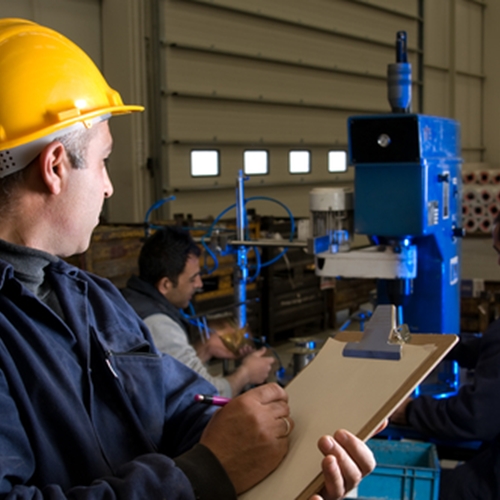
Workplace safety is not an unfamiliar topic for anyone on an industrial site. Fire safety, gas leaks, exposure to chemicals – many workers and managers have heard these words so many times that they have lost their significance. But industrial sites are filled with dangers, and risks of working with flammable or explosive substances are high. Industrial sites must be well-equipped and employees must be well-trained in prevention and safety techniques.
Explosion injuries
When highly combustible materials are handled improperly, the risk of explosion increases, sometimes resulting in injury or death. There are four types of injuries caused by explosions. They are:
Preventing workplace explosions
Prevention efforts will differ depending on the work environment, but safety precautions should be put in place in industrial sites to avoid explosions at all costs. For example, in work locations that house oxygen-limiting silos, keeping the tanks properly sealed at all times is vital to maintaining workplace safety. Preventing oxygen, a common fuel for fires, from entering silos decreases the chance of explosion.
If a fire were to take place, due to the nature of the container, flames would smolder, creating a concoction of combustible gases. If any oxygen is added to the silo, an explosion might occur. Every person working in an environment like this must be aware of the dangers and know how to prevent blasts from happening.
Handling hazardous materials correctly is paramount to preventing industrial explosions. Care should always be taken to abide by Occupational Safety and Health Administration guidelines for handling explosives and blasting agents. Any enclosed vehicle carrying explosives or hazardous materials must be flameproof and moistureproof to protect against anything that might ignite an explosion.
Holding regular inspections and maintaining safety data sheets is important, as is installing the proper equipment to warn of an event. Combustible gas leak detectors and methane gas detectors can save lives – as soon as employees are aware of the danger that surrounds them when an alarm sounds, they can quickly evacuate the premises and alert authorities.
In work environments where fires have the opportunity to turn into explosions, infrared flame detectors and industrial fire alarms should be put in place and checked periodically to ensure full functionality.
Industrial Safety News brought to you by Safety Systems Technology, Inc., leaders in fire and gas detection systems.